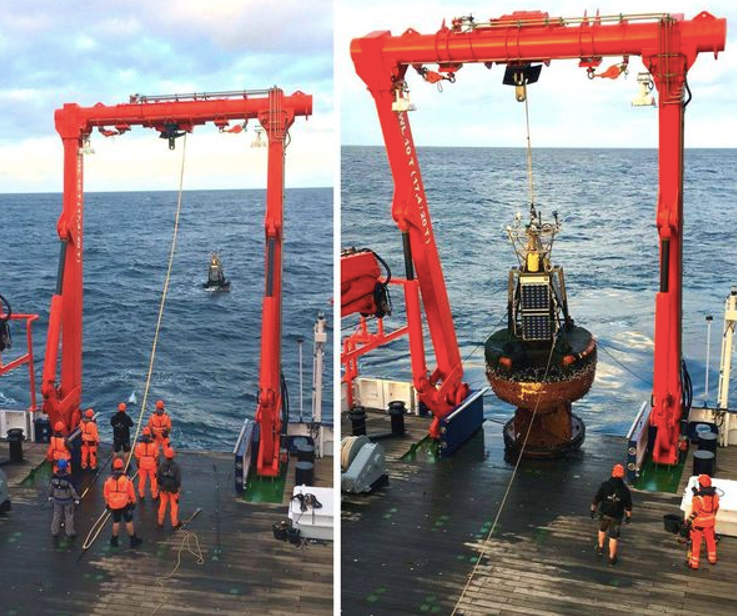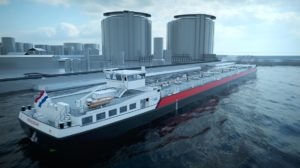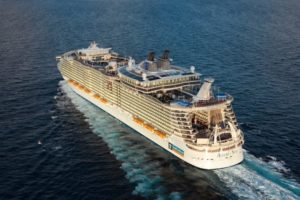Six-metre science buoy torn loose by hurricane safely recovered by German ship
 Image courtesy of Dr Timm Schoening
Image courtesy of Dr Timm Schoening
Last week, a NOC Ocean Observatory in the North-East Atlantic was torn from its mooring by high winds and waves associated with the remnants of hurricane Epsilon that struck the UK a few days later. But, after 12 days adrift, the four-tonne, six-metre-tall large observatory buoy was safely recovered thanks to the efforts of the German oceanographic research vessel the Maria S Merian.
The buoy, deployed in partnership with the UK Met Office, is part of the Porcupine Abyssal Plain Sustained Observatory (PAP). It is a key asset of the UK Research and Innovation project Climate Linked Atlantic Sector Science (CLASS) managed by the NOC, providing meteorological and sea surface data for Europe’s Atlantic margin.
NOC deployed the buoy in July 2019 and was able to detect and track its movement via GPS alert signals. With this year’s research expedition to the observatory delayed by the coronavirus pandemic, the NOC team were not expected to be in the vicinity of the buoy until next week. And so, a call was put out to the Ocean Facilities Exchange Group, a consortium of research vessel operators in France, German, the Netherlands, Norway, Spain, and the UK, that provides mutual cooperation in marine scientific interests and activities.
The German Research Vessel Maria S Merian was able to answer that call and the vessel sighted the buoy at 07:50 5th November, attached to it at 08:31, and had it safely secured on deck at 08:41, a remarkably efficient operation for the open ocean recovery of such a large buoy.
NOC says it is grateful to all involved in the successful recovery of the buoy and the important scientific data that it carries.










